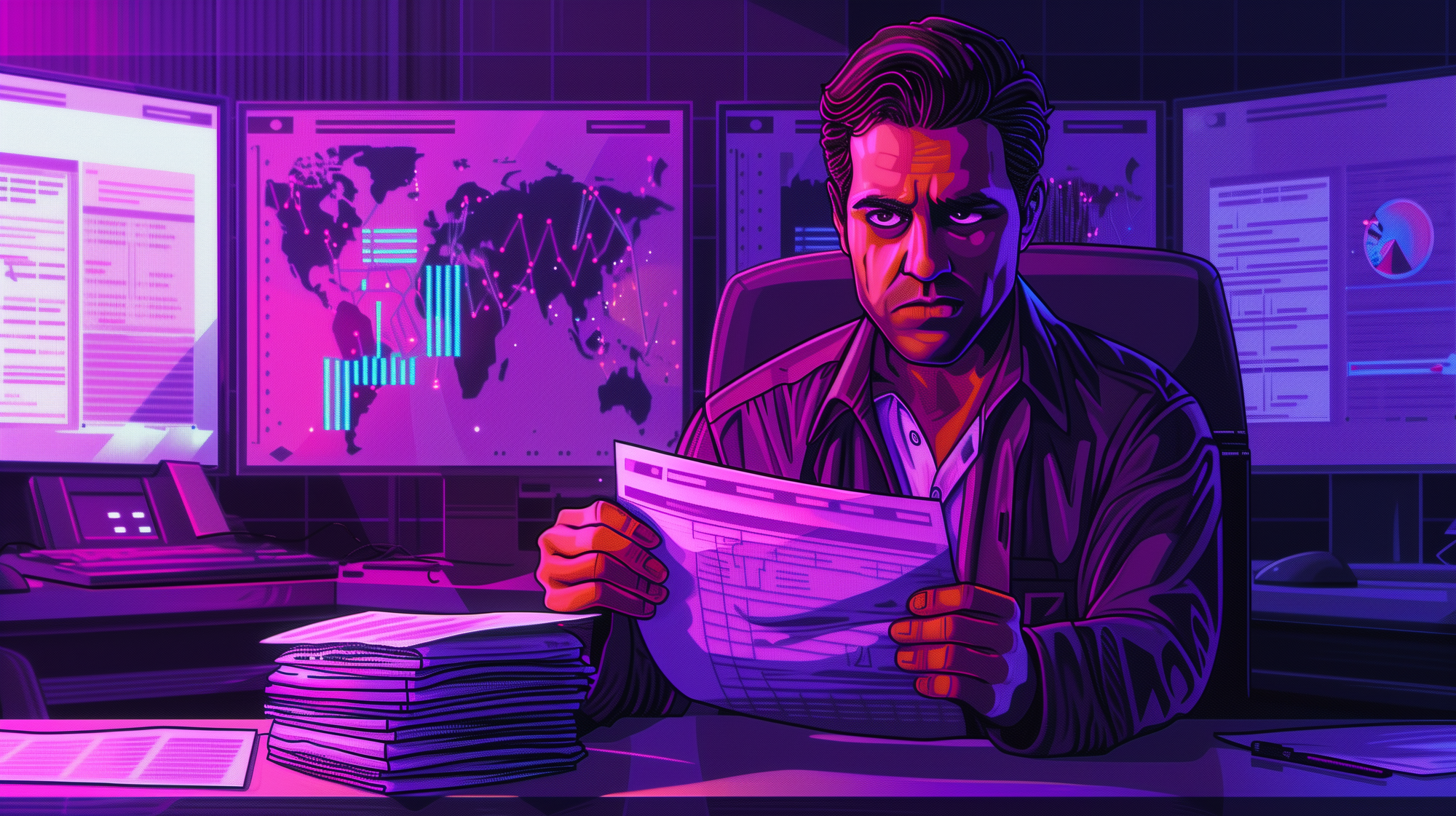
Consolidated EASM & Dark Web Monitoring Tools Are Failing to Protect Your Organization
The cyber security industry's dark web monitoring and attack surface tools lack genuine innovation, differing only superficially. This stagnation leaves organizations vulnerable to evolving threats. Blind trust in these inadequate solutions is perilous. The industry must awaken and truly innovate.
The cyber security industry's approach to dark web monitoring and external attack surface solutions is ensnared in a web of complacency, falsely portraying stagnation as innovation. Despite the critical importance of these tools in defending against sophisticated adversaries, the market is inexplicably saturated with offerings differing little beyond superficial appearances. This lack of genuine differentiation not only hampers the industry's ability to effectively combat cyber threats, but also poses a significant risk to organizations relying on these tools for protection.
External attack surface monitoring tools are allegedly designed to provide unparalleled visibility into potential attack vectors affecting an organization's external assets. They are meant to perform relentless, round-the-clock adversary reconnaissance, seeking out what a threat actor would observe when scanning those very same public-facing assets. These tools should act as vigilant sentinels, continuously mapping out the landscape of potential vulnerabilities malicious actors might exploit. However, most solutions offer a homogenized perspective, delivering similar data and insights without significant distinction. The only noticeable differences often lie in their interfaces and workflows, which vary slightly but fail to introduce meaningful innovation. This uniformity fails to empower organizations with the unique intelligence needed to stay ahead of sophisticated threats.
Similarly, dark web monitoring tools claim to delve into the deepest layers of the internet to unearth hidden dangers. In reality, they largely provide access to identical information with only minor variations in features. This pervasive sameness renders these tools less effective in offering a competitive edge in security. Most solutions provide access to similar datasets, such as file-sharing platforms like GitHub and Pastebin, criminal markets where harvested credentials or credit cards are sold, forums where threat actors post the fruits of their attacks or discuss vulnerabilities, and ransomware dedicated leak sites where the latest victims are named-and-shamed.
This homogenization creates an illusion of choice and progress, but in truth, it leads to stagnation. The tools available are essentially identical, offering minor feature variations not significantly enhancing functionality or effectiveness. The lack of genuine innovation means these solutions are not evolving to meet or keep pace with the sophisticated tactics employed by malicious actors. Organizations are left vulnerable, relying on tools failing to provide the unique capabilities necessary to defend against emerging threats. Moreover, these vendors often claim to thoroughly understand adversary behavior based solely on open-source intelligence collection, without any visibility into the actual attack sequences. Lacking primary source intelligence, they masquerade as comprehensive cyber threat intelligence solutions when nothing could be further from the truth.
The notion of consolidation in this context might seem advantageous. Combining resources and technologies could theoretically lead to more robust solutions and streamlined services. However, consolidation may also exacerbate the problem by reducing competition, which is a vital driver of innovation. Without the pressure to meaningfully differentiate, companies often settle into complacency, neglecting the urgent need to push boundaries and explore new frontiers in cyber security.

To break free from this cycle of stagnation, there must be a renewed commitment to genuine innovation. Today's solutions are missing critical features significantly enhancing how organizations defend themselves. First, instead of mindlessly adding the same features to catch up with competitors, companies should focus on introducing truly innovative capabilities addressing evolving cyber threats in novel ways. Second, these tools need to provide more value to a broader range of stakeholders within an organization. Currently, they offer value only to a limited user base, neglecting the needs of other departments potentially benefitting from enhanced cyber threat intelligence insights, and thus the holistic ROI is negligible. Third, the reliance on open-source intelligence and simple internet scanning has created a low barrier to entry in the market, leading to a proliferation of similar products without fundamentally game-changing capabilities. There has been a lack of revolutionary advancements for years, and the industry must strive to develop solutions going beyond basic open source intelligence and internet scanning to offer deeper, more sophisticated defenses.
The industry must reexamine itself and start solving these challenges from the user's perspective. By focusing on what organizations truly need — tools not just different in appearance but fundamentally superior in capability — vendors can reignite innovation. There is no justification for the decline in innovation; yet, we find ourselves facing a market settling for mediocrity. It is time to challenge the status quo and demand more from the solutions purportedly protecting us.
This issue is not unique to just one or two vendors but permeates the entire industry, from the giants to the most recently funded startups. Real, fundamental innovation has been absent for years. It is time for one vendor to inspire excitement about these tools once again.
In a landscape where cyber threats evolve with relentless complexity, placing blind trust in inferior solutions is a perilous misstep. These tools often miss critical issues, leaving organizations unknowingly exposed to adversaries who expertly exploit such oversights. The false confidence instilled by these inadequate defenses not only jeopardizes individual enterprises but also weakens the collective resilience of our digital ecosystem.
It is a profound irony in our pursuit of security, we have embraced stagnation, mistaking stillness for safety. To safeguard our digital future, we must transcend the complacency binding us. Only through genuine innovation, an unwavering commitment to excellence, and a willingness to view challenges through fresh perspectives can we hope to build defenses as dynamic and adaptable as the threats we face. The responsibility to break free from this illusion of progress rests with each of us, urging and demanding the industry awaken from its slumber and forge a path toward true security enlightenment. Anything less is not merely inadequate; it is a surrender to the very adversaries we seek to overcome.

Support Praeryx Content
Are you passionate about advancing your understanding of cyber security and cyber threat intelligence, and want to see more in-depth, thought-provoking content like this? Consider supporting Praeryx in our mission to educate and empower with a donation directly contributing to the continued creation of valuable resources and insights, helping Praeryx to provide impactful and timely content. Join us in building a more secure digital future by donating today!
Donate to Praeryx





